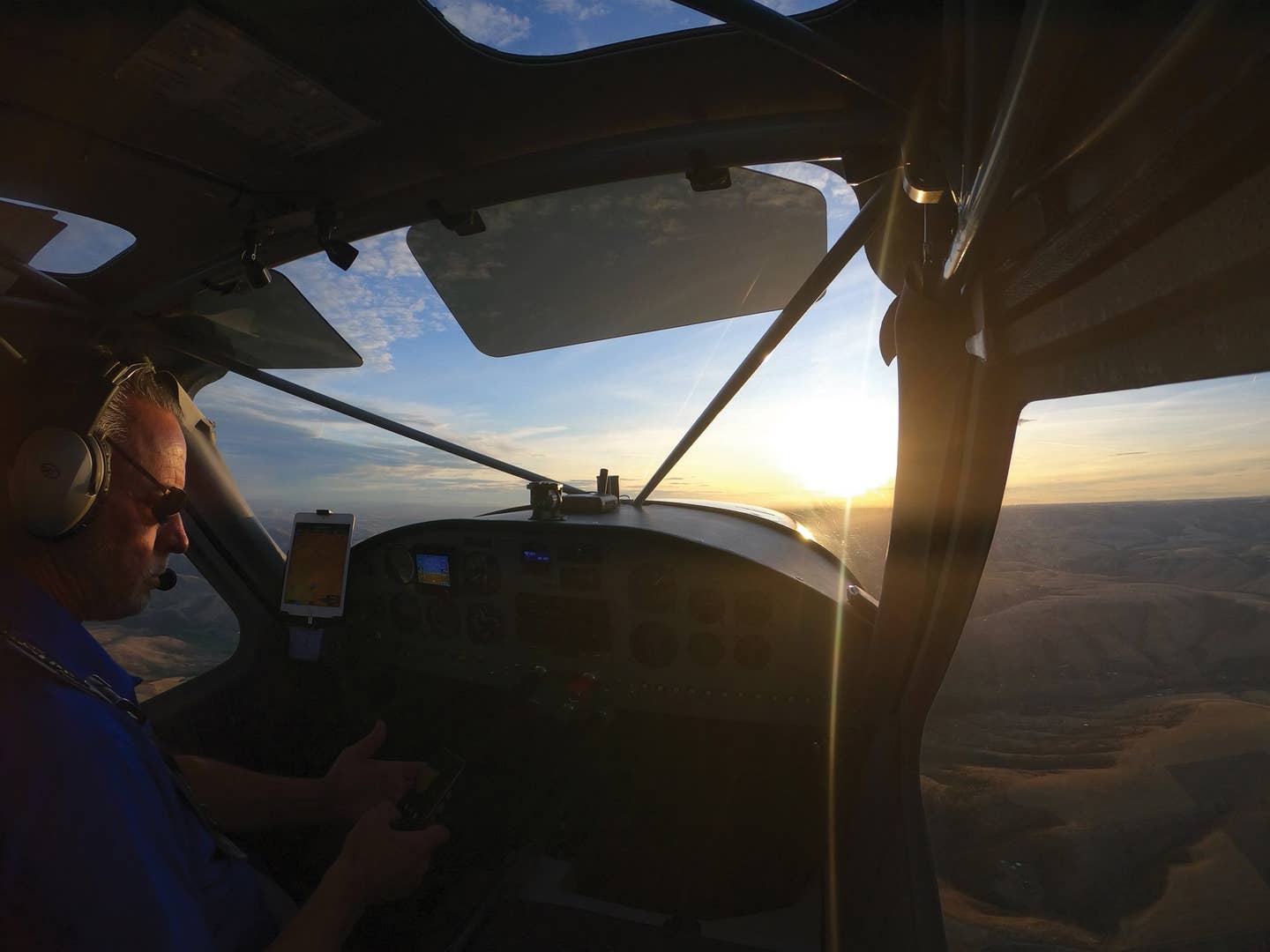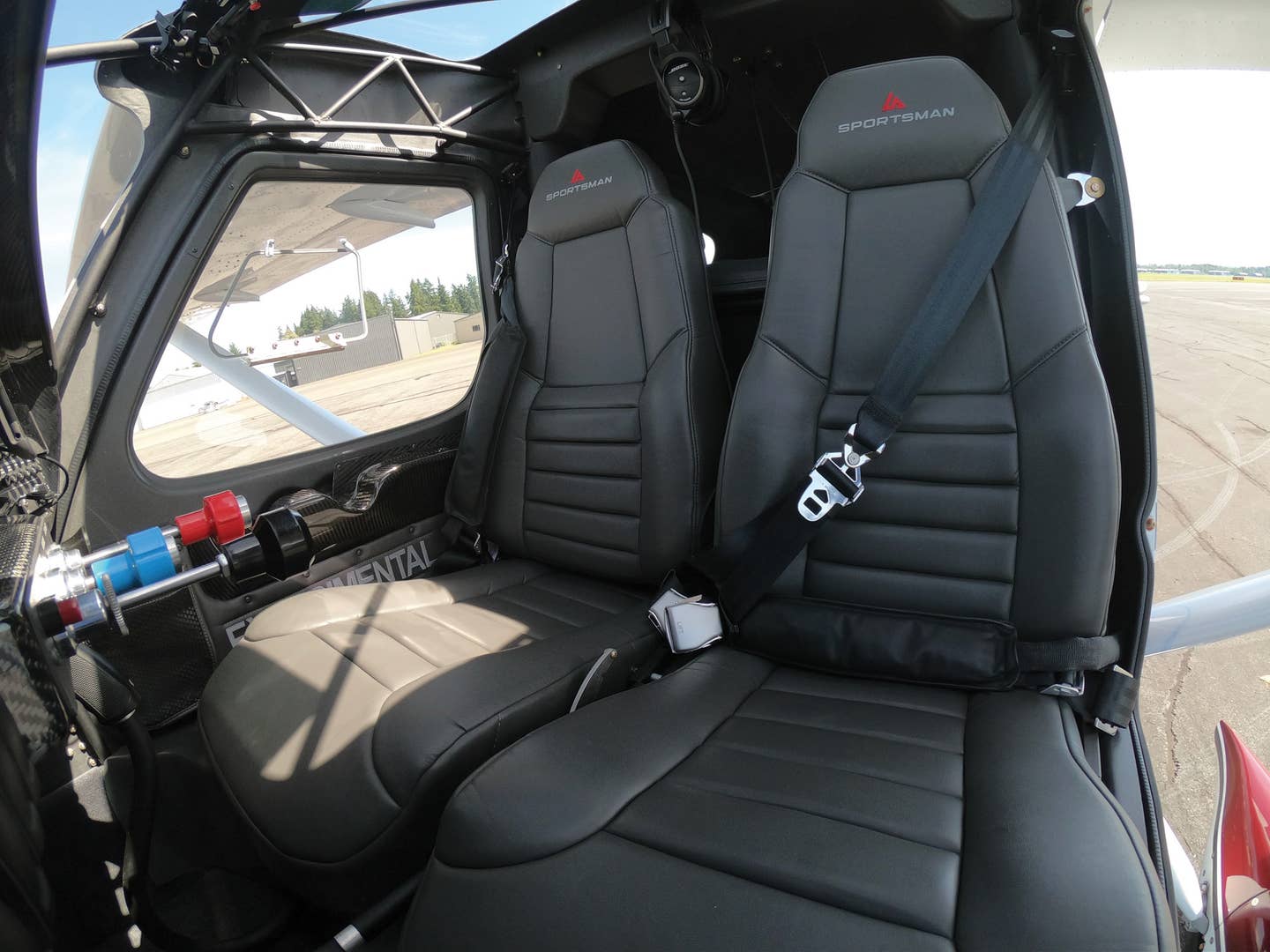Piper PA23 Aztec
1 Uninjured
Fremont, Ohio
The pilot reported that, during approach in visual meteorological conditions, he referenced the RNAV instrument approach for the runway to assist with vertical guidance "as [there] is no VASI [visual approach slope indicator]" for that runway. He added that he thought he was high enough as he crossed the adjacent highway, but the airplane hit a semi-truck that was traveling across the airplane's flightpath. The airplane continued on short approach, landed, and the main landing gear collapsed. Subsequently, the airplane veered to the left off the runway.
The airplane sustained substantial damage to the left and right engine firewalls and nacelle tanks.
The pilot reported that there were no preaccident mechanical failures or malfunctions with the airplane that would have precluded normal operation.
Probable Cause: The pilot's failure to maintain an adequate glidepath during approach, which resulted in an impact with a semi-truck.
Sportine Aviacija LAK 12
1 Minor
Reno, Nevada
The glider pilot reported that, during an aerotow takeoff and after becoming distracted by something in the cockpit, he looked back outside and noticed that he was about 100 ft higher than the tow airplane. He added that he attempted to correct, "but the tow hook released on its own." The pilot turned the glider to the left, the left wing impacted the ground, and the glider came to rest in some brush.
The glider sustained substantial damage to the fuselage.
The pilot reported that there were no preaccident mechanical failures or malfunctions with the glider that would have precluded normal operation.
The Federal Aviation Administration's Glider Flying Handbook, FAA-H-8083-13A, "Normal Assisted Takeoff" section, stated, in part:
One of the most dangerous occurrences during aerotow is allowing the glider to fly high above and losing sight of the towplane. The tension on the towline caused by the glider pulls the towplane tail up, lowering its nose. If the glider continues to rise, pulling the towplane tail higher, the tow pilot may not be able to raise the nose. Ultimately, the tow pilot may run out of up elevator authority.
Probable Cause: The glider pilot's failure to maintain proper pitch during an aerotow takeoff.
Ryan Navion
1 Fatal
New Gretna, New Jersey
The private pilot was conducting a personal cross-country flight. The pilot's friend reported that he provided weather information to the pilot about 1 hour before the flight; no record was found indicating that the pilot or the friend obtained a formal weather briefing before he departed for the night cross-country flight. A review of weather information revealed that, about 1 hour 20 minutes into the flight, as the airplane was nearing the destination airport, it encountered a strong cold front boundary with associated severe wind shear and turbulence. Review of radar data revealed that, during the following 13 minutes, the flight completed numerous course deviations, including three complete left circuits and two right circuits, before impacting wooded terrain.
Review of the last 3 minutes of radar data revealed that the airplane's altitude oscillated between 2,100 and 200 feet mean sea level (MSL) as it completed the two right circuits and one of the left circuits before it impacted terrain. The last target was recorded about 2,000 feet southeast of the accident site at an altitude of 525 feet MSL. Examination of the wreckage did not reveal any preimpact mechanical malfunctions or failures that would have precluded normal operation. Based on the evidence, it is likely that the airplane encountered wind shear and turbulent conditions upon encountering the strong cold front boundary and that the pilot subsequently lost airplane control.
Probable Cause: The pilot's inadequate preflight weather planning and in-flight weather evaluation, which resulted in an encounter with a strong cold front and the pilot's subsequent loss of airplane control.
Gosselin Charles Glastar
1 Serious
Lee's Summit, Missouri
The private pilot reported that, shortly after takeoff in the experimental amateur-built airplane, the engine experienced a total loss of power. He was unable to restore power, and the airplane was substantially damaged during the subsequent forced landing. An examination of the engine and related systems revealed that one of two batteries required for operation of the electronic ignition system had a short and would not take a charge. When this battery was replaced with a known serviceable battery, the engine and systems functioned as designed. An examination of the remaining systems revealed no other anomalies.
Probable Cause: Partial failure of the electric system due to a battery short, which resulted in a total loss of engine power.
Want to learn more about pilot safety and GA accident prevention? Visit our GA Accident & Pilot Safety archive.

Subscribe to Our Newsletter
Get the latest Plane & Pilot Magazine stories delivered directly to your inbox






